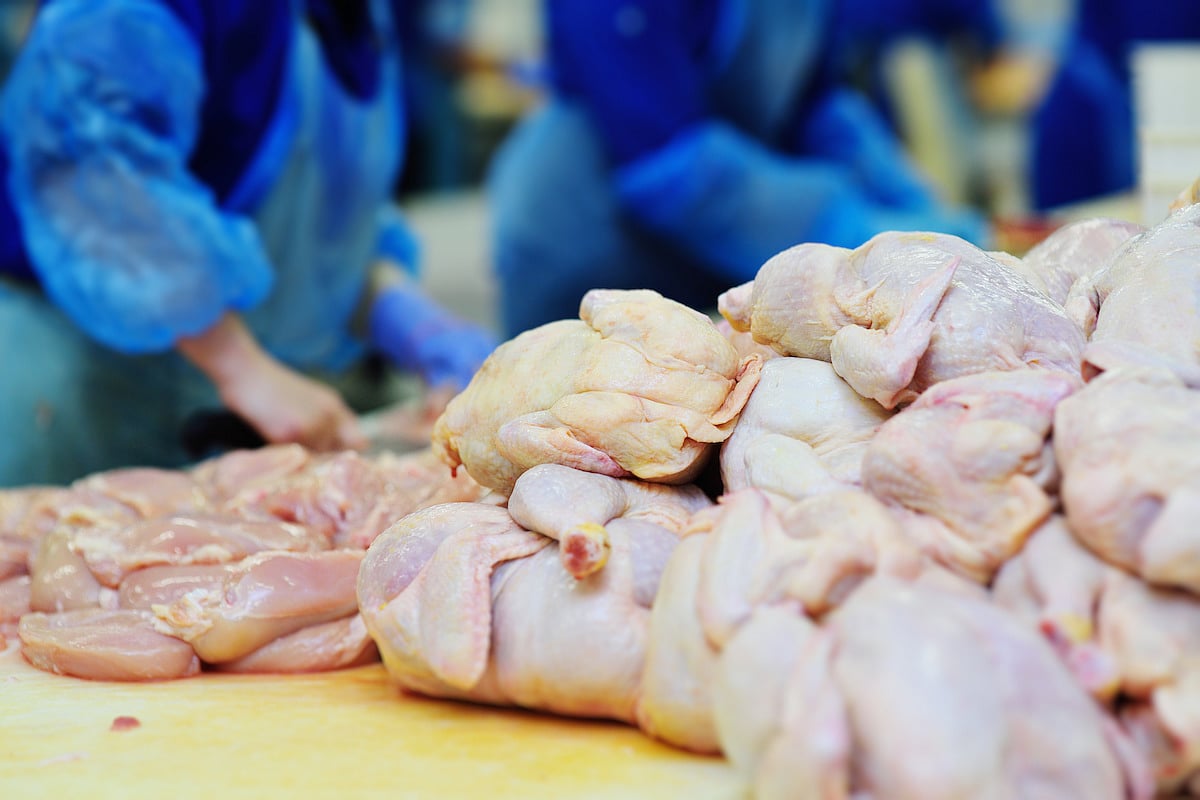ATTENTION ALL CUSTOMERS:
Due to a recent change in our pharmacy software system, all previous login credentials will no longer work.
Please click on “Sign Up Today!” to create a new account, and be sure to download our NEW Mobile app!
Thank you for your patience during this transition.
Get Healthy!

- Dennis Thompson
- Posted August 29, 2024
Another Unwanted Gift From Climate Change: More Salmonella
Climate change will increase people’s risk of salmonella poisoning from contaminated food, a new study warns.
Increased humidity will make it more likely that leafy greens like lettuce will suffer from bacterial diseases, such as leaf spot, researchers reported Aug. 29 in the journal Applied and Environmental Microbiology.
In turn, those bacterial diseases can help salmonella survive in leafy greens, increasing the risk of food-borne illness in humans, they said.
“The impact of increased humidity on healthy plants also supported salmonella's survival on plants, which would make climate change a food safety issue,” said researcher Jeri Barak, a professor of plant pathology with the University of Wisconsin-Madison.
“Controlling plant disease such as bacterial leaf spot of lettuce is also important for food safety,” Barak said in a journal news release. “Climate change will increase the risk of foodborne illness from consumption of raw produce.”
Salmonella sickens 1.2 million people in the United States every year, researchers said in background notes. Fresh produce is the most common route of infection, as salmonella survives on many crops and persists in soil for extended periods of time.
In lab experiments, researchers varied when leafy greens were exposed to a bacteria that causes leaf spot or the salmonella bacteria.
High humidity enhanced the ability of salmonella to rapidly grow in lettuce, researchers found.
Humidity also promoted leaf spot, which further enhanced salmonella’s ability to survive and spread in romaine lettuce, results show.
More information
The U.S. Centers for Disease Control and Prevention has more on salmonella.
SOURCE: American Society for Microbiology, news release, Aug. 29, 2024






